In the field of dental care and oral hygiene, product performance and safety are of paramount importance. Recent concerns have emerged regarding how Device Discoloration in dental tools or oral care devices could potentially be linked to Gum Recession Triggers. Discoloration, often overlooked, may be an early indicator of material degradation, which can cause harmful effects to users’ gums and overall oral health. This blog explores the potential connection between these two phenomena, highlights the underlying causes, and provides recommendations for manufacturers to mitigate the risks associated with product degradation.
Device Discoloration often signals the degradation of the materials used in the product, which can affect both its functionality and safety. In many oral care devices, such as toothbrushes or teeth-whitening tools, discoloration may occur due to prolonged exposure to moisture, cleaning agents, or wear and tear. While discoloration alone may not always suggest a malfunction, it can be an early sign of weakened materials that could potentially lead to gum irritation or, in more severe cases, Gum Recession Triggers.
As materials break down, they may become more abrasive or prone to releasing chemicals that could irritate sensitive gum tissue, leading to inflammation or even recession. Understanding how and why discoloration occurs can help manufacturers proactively prevent these issues.
Gum Recession Triggers can be caused by multiple factors, and material degradation from Device Discoloration is one of them. When oral care devices, such as toothbrush bristles or whitening trays, discolor, it often indicates that the materials are no longer in their optimal state. This breakdown can result in:
Thus, Device Discoloration may not only affect the aesthetics of a product but could signal underlying issues that affect user health.
Recognizing the early signs of Device Discoloration is crucial for identifying potential risks to gum health. Key indicators of degradation include:
For manufacturers, addressing these early signs through material quality control and improved product testing is essential for reducing the risk of negative effects on users.
Manufacturers can take several steps to minimize the risk of Gum Recession Triggers related to Device Discoloration:
By prioritizing these solutions, manufacturers can improve product longevity, safety, and user experience.
In addition to product improvements, educating consumers on the proper use and care of their oral care devices is vital. Many instances of Gum Recession Triggers are the result of improper usage or neglect. Key education points include:
This proactive approach helps reduce the risk of Gum Recession Triggers and extends the lifespan of the product.
As the oral care industry continues to innovate, the development of advanced materials that are more resilient to Device Discoloration and better for gum health is essential. Emerging technologies include:
As the industry embraces these innovations, manufacturers will be better equipped to create products that enhance both user safety and experience.
Conclusion
The connection between Device Discoloration and Gum Recession Triggers is a critical issue that manufacturers must address to ensure the safety and satisfaction of their customers. By understanding the causes of material degradation, investing in better materials, and educating users on proper maintenance, companies can mitigate risks and provide long-lasting, effective products. In a market where both functionality and safety are essential, taking a proactive approach to product quality is the key to long-term success.
Interested in learning more about improving material durability and preventing gum health risks in your products? Contact us today to explore advanced solutions and ensure your products meet the highest standards of safety and performance.
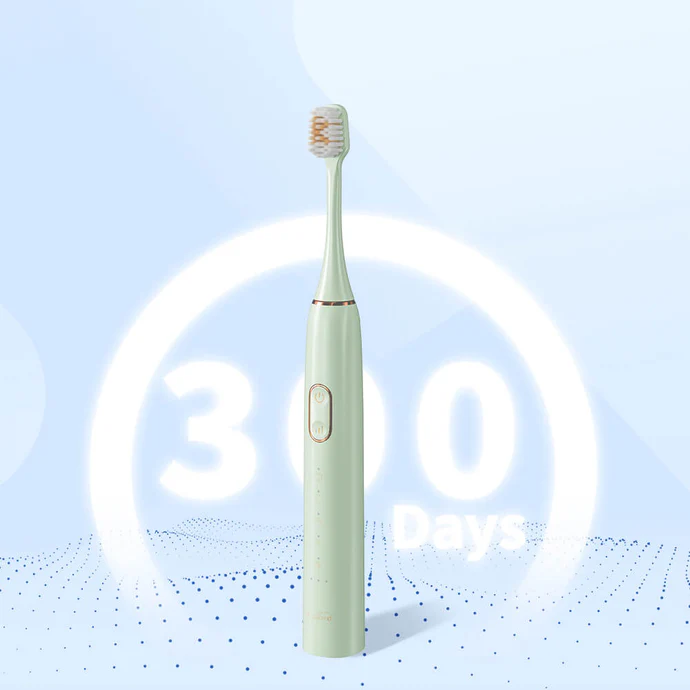
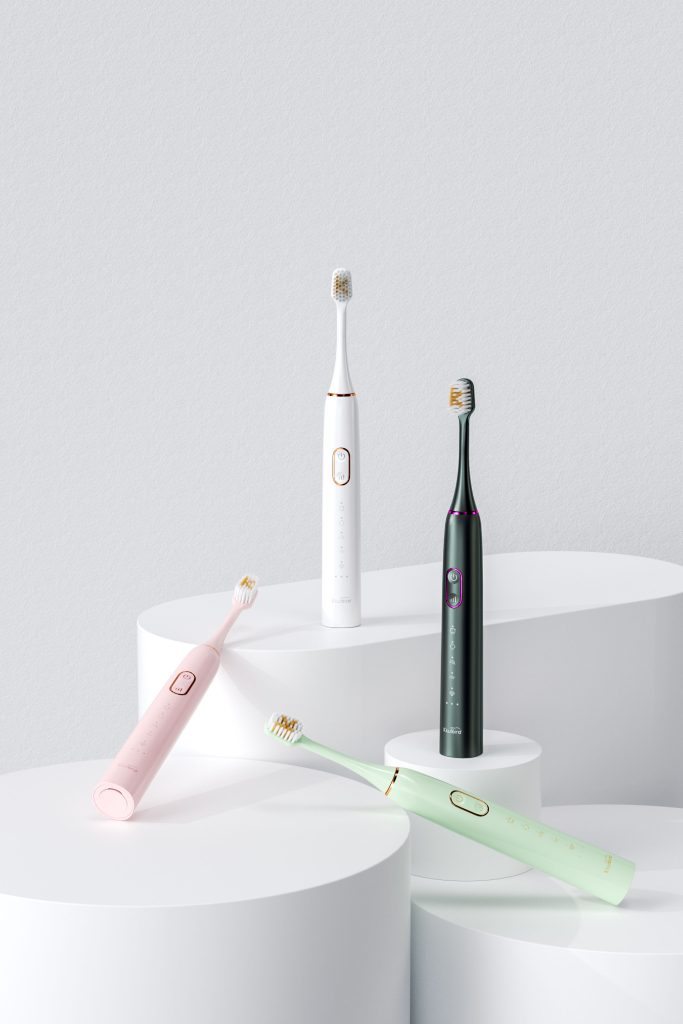
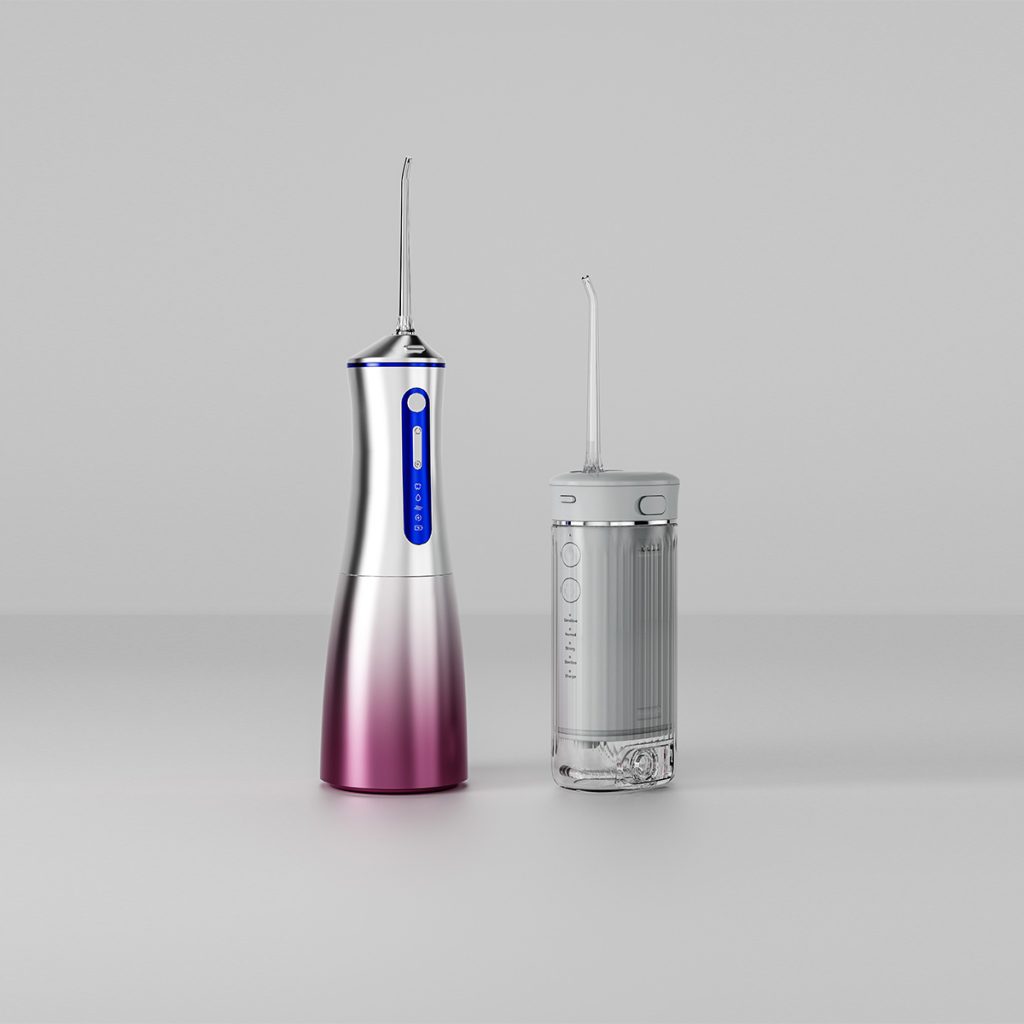
Nozzle Clogging Causing Pressure Loss – A Hidden Performance Drain?
Can Contact Oxidation Lead to Weak Pressure?
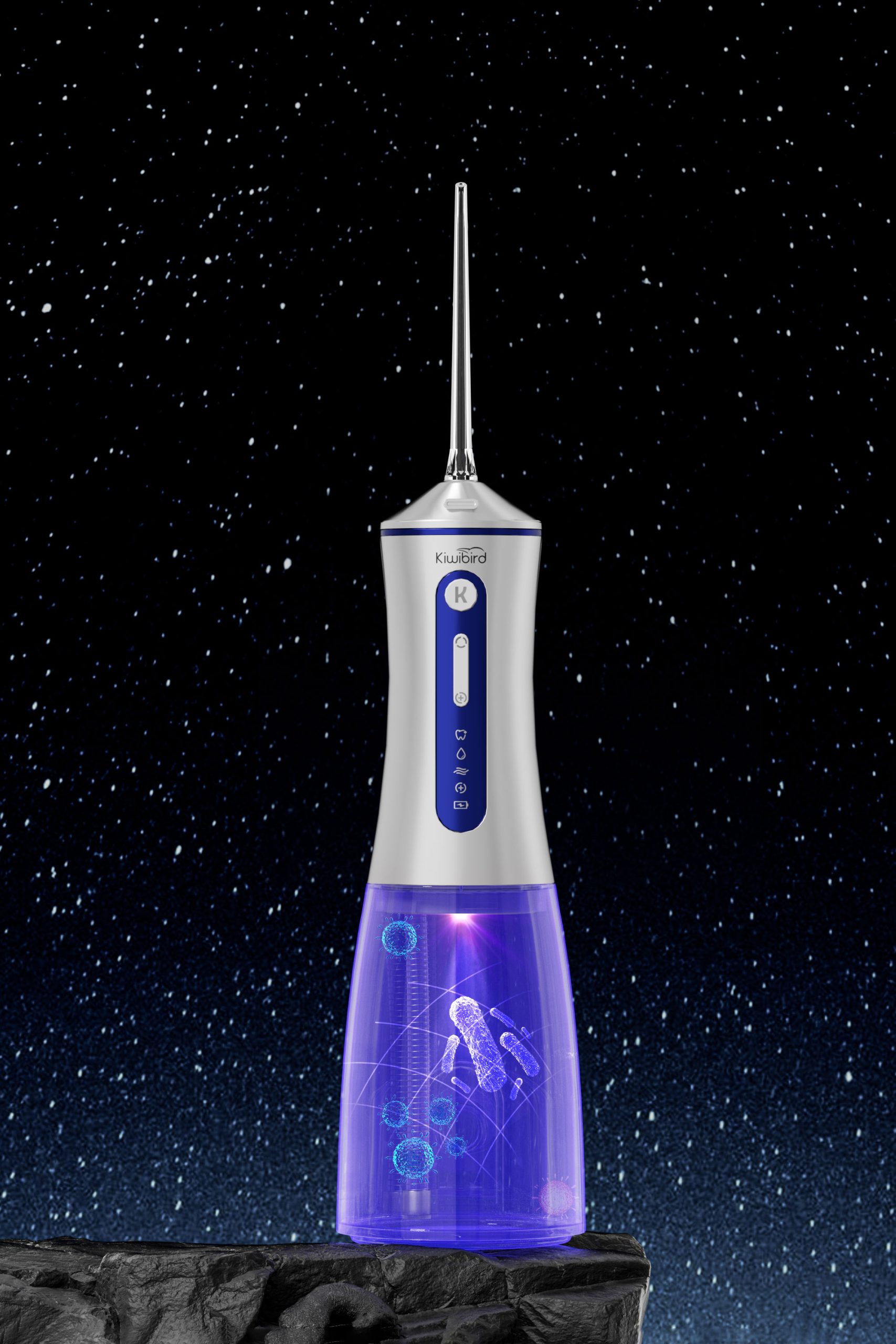
Why Does a Water Flosser Need a Sterilization Function?

How to Prevention Toothache in the First Place?
Custom Texas Lone Star Electric Toothbrush

New Opportunities for Cross-Border E-Commerce: How to Sell the Water Flosser to the World?

Smart Toothbrush App Development – Texas OEM Integration Services
Tank Scaling Causing Part Incompatibility?
.jpg)
A Complete Analysis of the Electric Toothbrush OEM Shell Process: ABS vs PP vs Bio-Based Materials, How to Choose?

Where to Find Affordable Electric Toothbrush Wholesale from a Waterproof Electric Toothbrush Supplier?
.jpg)
Water Flosser Sterilization Function: UV Sterilization vs. Silver Ion Coating – Real Cost and Effect
Boston Electric Toothbrush Dental Office Recommended

Oral care beauty trend :How Oral Care Became Beauty’s Sexiest New Category

Electric Toothbrushes for Hotel Amenity Programs: Unlocking New Business Opportunities
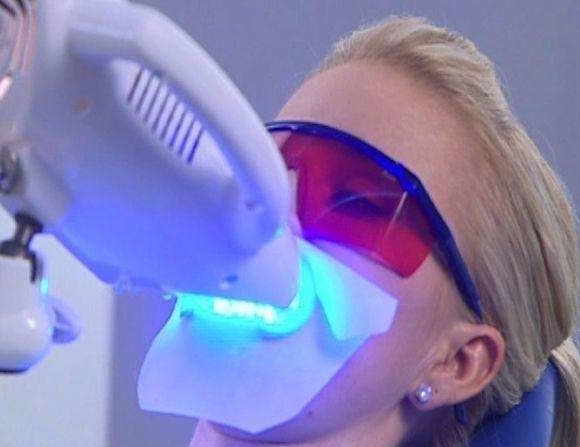
Tips for Maintaining Oral Hygiene While Traveling from an Oral Care Products Factory

How to Optimize the Production Process of Electric Toothbrush? Intelligent Factory Upgrade Practice

electric toothbrush heads Charcoal Infuse-Round

Customization Teeth Whitening Gel

Private Label Whitening Gel

Electric toothbrush heads Charcoal Infused-Diamond

electric toothbrush heads Regular Clean

electric toothbrush heads Ultra Soft

electric toothbrush heads Deep Clean
.jpg)
Florida Electric Toothbrush – Powsmart PTR-C8
whstapp
whstapp
National Toll-Free Service Hotline
+86 755 86238638